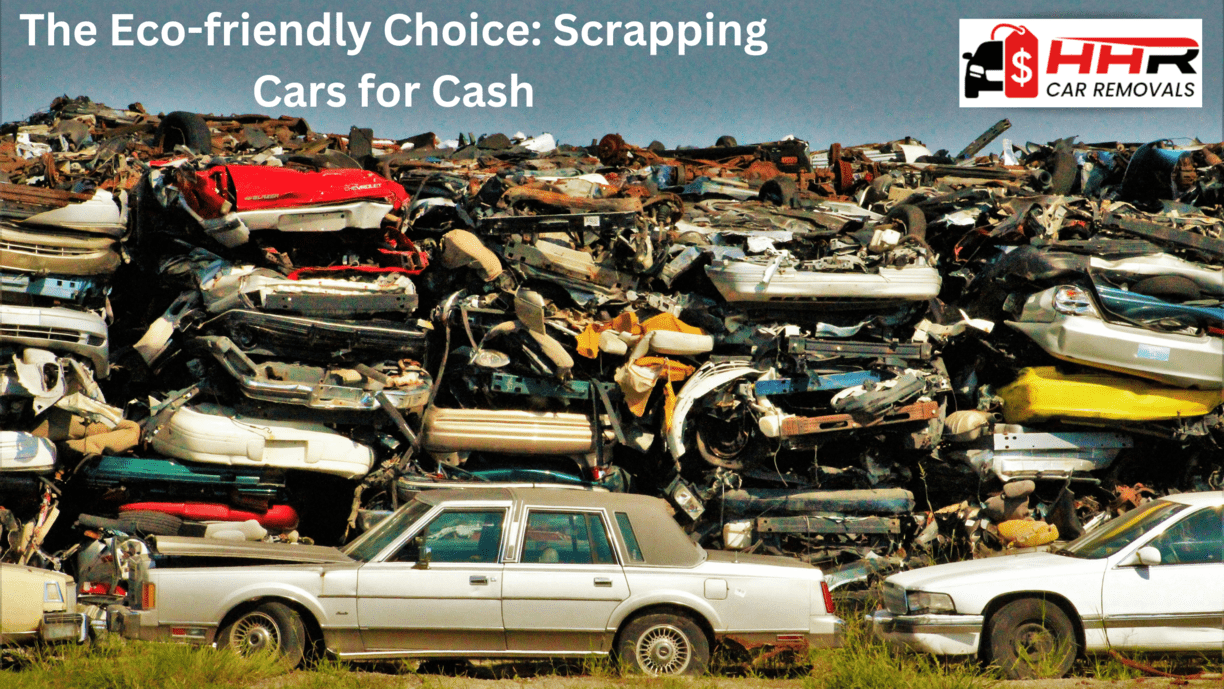One of the most critical elements of the ISO 14001 standard is compliance with environmental regulations. While the standard makes no distinction between different business sectors, it is simple to see the negative consequences of a power plant or chemical factory failing to comply with legal standards and the consequent damage.
How can a firm prepare to pass an external audit, knowing how critical it is for them to comply with all applicable laws and regulations? Planning to get ISO certification in Qatar for your company’s compliance is a good idea, but is it actually necessary? We’ll get into the reasons for that in this blog.
What Is The Norm For Environmental Legislation?
According to Clause 5, each organization must fulfill its compliance requirements, and this is further explained in Clause 6, which deals with “planning,” in the standard. The ISO 14000 standard recommends that every firm have access to the requirements that impact it, analyze how they may influence the EMS, and take them into consideration when planning actions while preserving documented proof.
Now that you know that an audit checklist might help your organization fulfill these standards, are there any additional considerations you should make before putting one in place?
What Are The Compliance Obligations?
Understanding that law and the interests of relevant parties are grouped, we can now select where to document, verify, and evaluate this efficiently.
We should think about the following issues:
- What avenues should be pursued to locate applicable legislation?
- Is there someone in your company who is in charge of making sure this happens?
- Is every stakeholder’s opinion taken into account? Do you require the assistance of many internal departments and clearly defined external partners to do this?
- We need to know how internal and external communication is handled. Is it necessary to inform workers and other stakeholders of changes to guarantee that procedures and behaviors are modified appropriately? Is training required to satisfy the conditions of any new regulations or policies?
- Is there a third-party audit to ensure that all proper compliance duties have been recognized and carried out?
You may now build a checklist to verify that these activities are assigned, completed, and documented in a way that allows you to evaluate their success. Even though a checklist isn’t specifically mentioned in the ISO 14001:2015 standard, doing a legal check is an example of when a checklist makes sense from a business perspective.
Many companies prefer to utilize an external certification audit as a kind of “independent checking.” Besides being an essential component of the audit, ensuring that your company complies with the law may help you achieve your business goals, avoid costly financial penalties, and maintain your company’s good name in many circumstances. Stakeholders may be informed more quickly and effectively by condensing law changes, their duties, dates of change, and the actions they must take.
What Information Should Be Included?
This checklist can give a chance for your organization to improve, even if the standard specifies that “compliance responsibilities” should be taken into account while conducting EMS operations.
Consider any actions that potentially impact your ability to comply with the law and decide whether or not they should be included in your checklist. For instance, if your electronics firm is required to comply withRoHS legislation, you may be required to demonstrate compliance twice a year.
In addition to ensuring that your organization complies with all applicable laws and regulations, such a type of practice may help you build best practices that will keep you ahead of the competition. Remember that section 9.1.2 focuses on evaluating compliance; thus, it is crucial to verify the output of this new procedure regularly.
Benefits of ISO 14001 for Customers
With the support of ISO 14001, businesses may cut costs by reducing waste, conserving energy, and enhancing their responsiveness to the market’s demands. It is common to see an increase in profit margins as a result of using these cost-cutting measures. An efficient Environmental Management System (EMS) can lower your rates, attracting new clients.
Having an ISO 14001 certification means that your company has designed a set of procedures that are consistent with the standard’s standards. Any ISO 14001 certified provider can be relied upon to use a standard approach and deliver a standard result whether dealing with communication, non-conformities, or customer complaints.
The goal of ISO 14001 is to make products last as long as possible while also making sure they are disposed of ethically and effectively at the end of their useful lives. Both are excellent news for your customer, and in turn, they guarantee that these benefits are communicated to their end-users. You might expect to see an increase in sales due to this change.
Customers can only fully realize the advantages of doing business with an ISO 14001:2015 certified firm once a relationship has been formed; thus, it makes sense to advertise these advantages as a selling feature. Your company can thrive in a competitive market by promoting excellent environmental practices and making the market aware of them.









